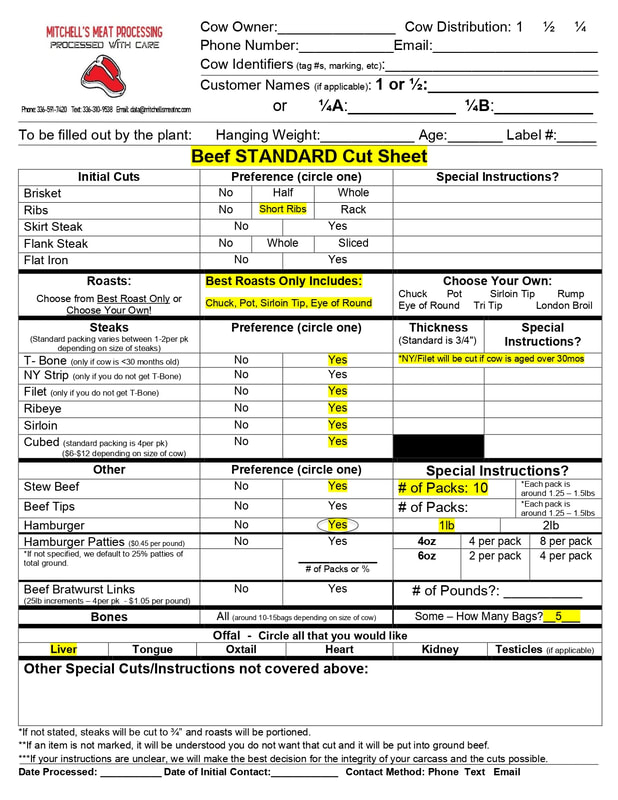Whether you’re a seasoned professional or a novice in the electrical industry, understanding what a cut sheet is, is crucial. This comprehensive guide will delve deep into the concept of a cut sheet, its purpose, and how it is utilized in diverse industries.
What Exactly is a Cut Sheet?
To put it simply, a cut sheet, often referred to as a spec sheet or a technical specification sheet, is a document that offers detailed information about a specific piece of equipment. This includes its features, specifications, and other relevant details. It’s akin to a product’s biography, giving potential buyers an in-depth understanding of what they are purchasing.
The Role of a Cut Sheet in Different Industries
Although cut sheets are commonly associated with the electrical industry, their usage is not confined to this realm. They are utilized across various sectors, including construction, manufacturing, and even retail.
Electrical Industry
In the world of electrical engineering, a cut sheet is a critical document that outlines the specifics of equipment such as circuit breakers, transformers, motors, and more. It offers pertinent details like sizes, ratings, capacities, and colors, which are essential for the installation process.
Construction Industry
In construction, cut sheets serve a similar purpose. They provide detailed information about the equipment, helping professionals understand the product’s capabilities, power requirements, dimensions, weight, and features. Engineers use these cut sheets to select the right equipment that aligns with the contract specifications.
Retail Industry
Retailers also create cut sheets to provide customers with a detailed overview of their products. These sheets are more information-driven rather than being promotional, aiming to educate the customer about the product’s features and specs.
The Anatomy of a Cut Sheet
A typical cut sheet contains several sections, each providing specific details about the product or equipment. Here’s a breakdown of what each section entails:
- Alternate Models and Their Features: If the equipment has alternate models, their details and features are listed for comparison
- List of Parts: This section lists all the parts or components that come with the equipment
- Photographs and Diagrams: Visual aids like photographs, diagrams, and schematic representations give readers a clearer understanding of the equipment and how it operates
- Specifications: This is arguably the most crucial part of a cut sheet. It lists out all the technical details of the equipment, such as voltage, current, power ratings, dimensions, and more
- Product or Equipment Description: This section offers a brief summary of the equipment, its purpose, and its key features
Decoding Cut Sheets: Examples
Understanding a cut sheet becomes easier when you examine real examples. Let’s delve into a couple:
Example 1: Miniature Circuit Breaker (MCB)
A cut sheet for an MCB would typically include the following details:
- Product Type: Miniature Circuit Breaker (MCB)
- Product Application: Distribution Network
- Poles Description: 1P
- Trip Mechanism: Thermal-magnetic
- Network Type: AC/DC
- Network Frequency: 50/60 Hz
- Breaking Capacity: 5 kA, 240 V AC / 10 kA, 120 V AC / 10 kA, 60 V DC
- Rated Operating Voltage: 240 V AC, 120 V AC, 60 V DC
Example 2: Oil-filled Transformer
The cut sheet for an Oil-filled Transformer might look something like this:
- Product Type: Oil-filled transformer
- Liquid fluids type: Mineral oil, Silicone transformer oil, Less flammable seed oil
- Primary Voltage: 2.4 kV to 69 kV
- Secondary Voltage: 600 V to 35 kV
- kVA Rating: 225 kVA to 20,000 kVA
- Applications: Commercial and Industrial applications
Cut Sheet Vs. Spec Sheet: Is There a Difference?
Contrary to what many might believe, there is no significant difference between a cut sheet and a spec sheet. Both are documents that detail the specifications of a piece of equipment. The terms are used interchangeably in most industries.
The Importance of an Electrical Cut Sheet
An electrical cut sheet is a vital document that outlines the technical specifications of a particular product. It provides essential details about the product or equipment, including its features, pricing, and other important information for potential buyers.
The Creation of a Cut Sheet: Who’s Responsible?
Cut sheets are typically created by the manufacturers of the products or equipment. However, they can also be created by retailers or distributors who wish to provide customers with detailed information about their offerings. In essence, a cut sheet is similar to an advertisement, but with a stronger focus on providing in-depth product information.
Conclusion
In essence, a cut sheet is an indispensable tool across various industries, helping professionals understand the intricacies of a product or piece of equipment. Whether it’s for electrical engineering, construction, or retail, understanding what a cut sheet is and how to read it can significantly impact your decisions and the success of your construction projects.
Remember, a well-informed decision is always better than a hasty one, and a cut sheet is the first step towards making such a decision. So the next time you come across a cut sheet, you’ll know exactly what to look for!






